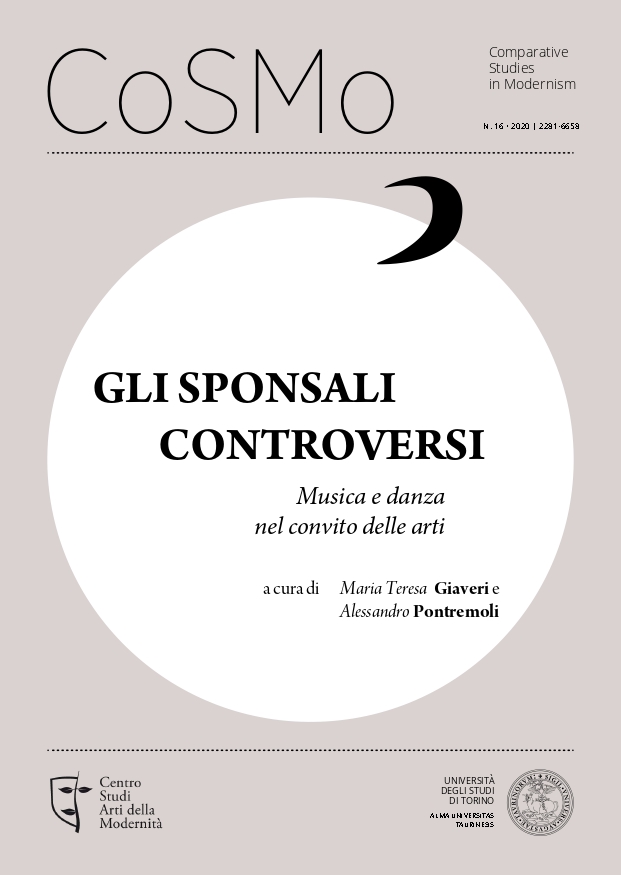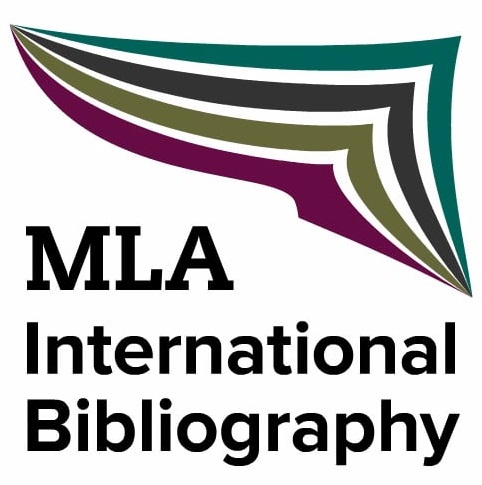“42nd Street” (1933): Music, Dance and Politics in a Film Musical of the 1930s
DOI:
https://doi.org/10.13135/2281-6658/4623Keywords:
Film Musical, Backstage Musical, Music and Memory, Eroticization of Female Images, Chorus Girls (Chorines)Abstract
The authors analyse one of the most important film musicals of the Golden Age of this genre, 42nd Street (Warner Bros, 1933) which was produced in the same year when the newly elected president of the United States, F.D. Roosevelt, started to implement his New Deal. A socalled backstage musical, 42nd Street is an excellent representative of this musical subgenre for several reasons. Not only is it ideologically consonant with the political moment, but his plot is well-balanced with the musical and danced numbers. These are authored by Busby Berkeley, one of the most authoritative names of those years for dance groupings. His geometrical and caleidoscopic arrangements were enhanced by the technological innovations which became his signature, and were set up with the music of Harry Warren and the lyrics of Al Dubin, whose joint work could attain extremely effective results in terms of rhythmical and rhymic consonances.
Downloads
Downloads
Published
Issue
Section
License
Authors keep the copyrights for their work and give the journal the work’s first publication copyright, which is at the same time licensed under a Creative Commons License – Attribution, which in turn allows other parties to share the work with an acknowledgement of the work's authorship and initial publication in this journal.
Content Licence

You are free to copy, distribute and transmit the work, and to adapt the work. You must attribute the work in the manner specified by the author or licensor (but not in any way that suggests that they endorse you or your use of the work).
Metadata licence

CoSMo published articles metadata are dedicated to the public domain by waiving all publisher's rights to the work worldwide under copyright law, including all related and neighboring rights, to the extent allowed by law.
You can copy, modify, distribute and perform the work, even for commercial purposes, all without asking permission.






